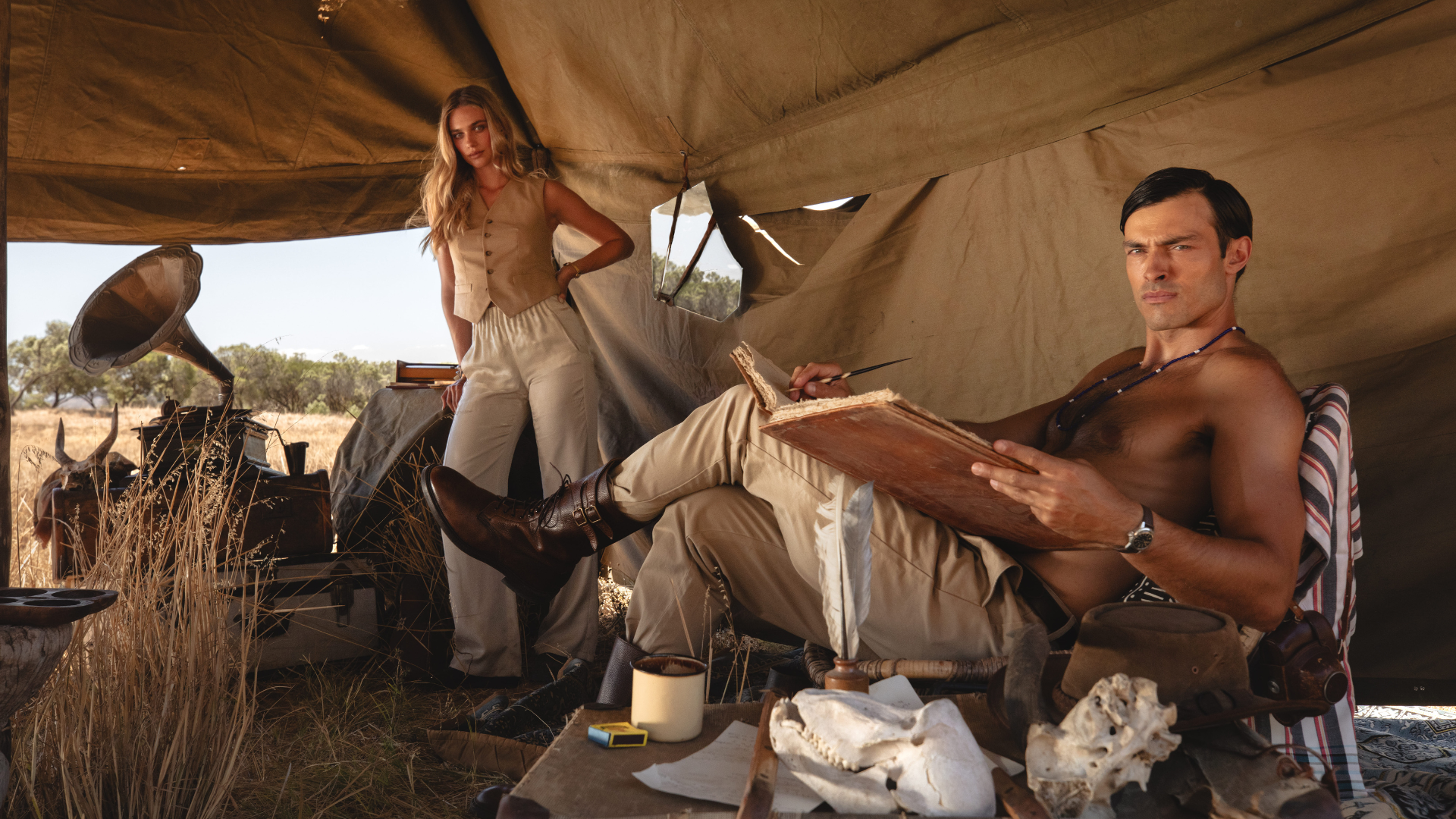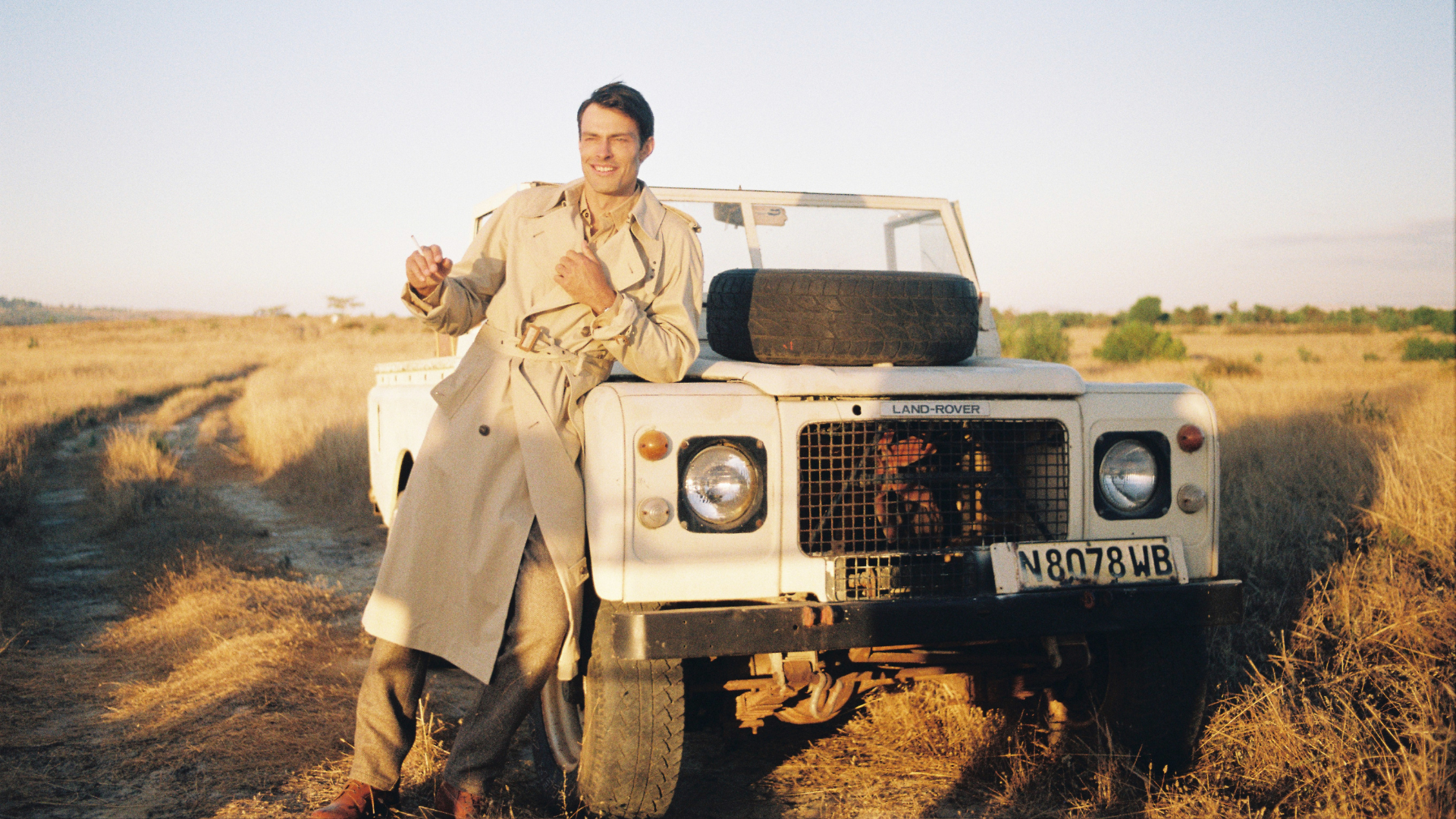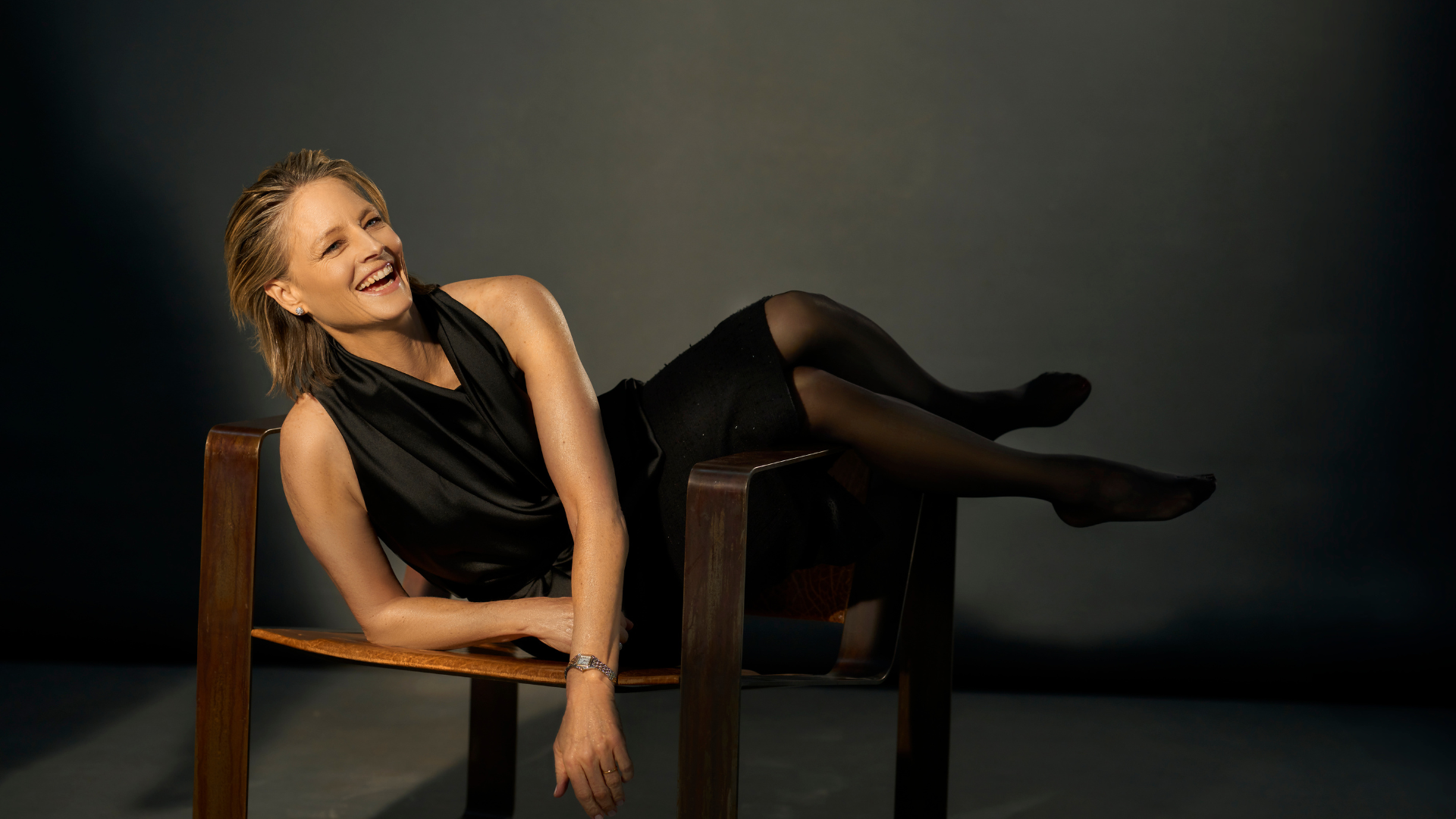Triumphant Debut for Simon Holloway, as Dunhill Returns to Sartorial Form at London Fashion Week
Under Simon Holloway’s new creative direction, Dunhill showcased a sartorial revival at London Fashion Week. From corduroy suits to sleek leather trench coats, the show highlights timeless menswear and returns to classic British sophistication.

I had, to be honest, all but given up on runway shows at London Fashion Week. A decade ago, men’s shows were almost ostentatiously sartorial, with Hackett, Hardie Amies, Richard James, Belstaff, Gieves & Hawkes all manifesting visions of how men could dress in a heroic and elegant way. In half that time, what was then known as London Collection’s Men had dwindled into shows that bore no relevance to anyone other than Central St Martin’s students. Which is fine, I have no issue with that, it just wasn’t aimed at the readers of this title and the continued perseverance of Oliver Spencer highlighted how far things had shifted, a solitary flicker of what could be, so attendance ceased from this parish. However, thanks to Dunhill’s presentation on Friday (February 16th), I write this as a converted man, heartened that I have seen the blue remembered hills, the happy highways, the land of lost content.


Simon Holloway’s show was a triumph. A reminder that joy from sartorialism is only a corduroy trouser with a gurkha strap away. Each of the 40-odd looks in the presentation was an unabashed embracing of classic codes of menswear. This was no time to be shy or shameful, this was also no time to be edgy, this was a time to deliver a tour of force (no French allowed) of British elegance, the sartorial equivalent of a perfectly executed cover drive for six.
















Context is required however. Like men’s collection presentations, Dunhill have had to go through something of a renaissance too. Wiser heads prevailed over the somewhat indulgent direction the brand took previously, which we shan’t go into. The appointment of Laurent Malecaze signalled a wind change and the brand received orders to sail for Old England. So this collection was not just a signal from the designer, but the brand reaffirming its place as one for Britain’s most august heritage brands, who pioneered craftsmanship for the jet set before the jet age.














The clothes were summed up by the soundtrack, a version of Elgar’s Nimrod for more modern ears, and from macro to micro there is something to say. On the macro, this collection and the styling felt so much like a Leslie Saalburg or Laurence Fellows illustration. The models were debonair and empowered by the clothing, which interestingly was not a boldly coloured collection, but greys, blues and toffee carrying most of the weight. Showstopping items like the leather car-trench coat, an ancient item made for drivers who would not have the benefits of an enclosed canopy or air conditioning.
















The micro was the spellbinding bit. Endless details like patch pockets on more casual items like the corduroy suits, three roll two button stances, generous knitwear, Gurkha straps, turn-ups and pleats on the trousers, and trousers actually made to fit the model by a designer and stylist who understands fit and proportion. Well-polished shoes, but no longer (thank God), cumbersome, inelegant juggernaut boots that fashion brands seem obsessed with, but tassel loafers, carpet slippers, single monks and slender capped-to oxfords. Clothes for the country, the city, the house, the rain, the cold, the formal and the informal. It was, just as these things should be, a dream world where a prospective customer’s perfect wardrobe is revealed in front of them, with nothing left wanting. WWD has said that there were no “stuffy English tweeds or wool in sight.” which is an interesting (mis)observation as the collection was full of it and made it all the more scrumptious and fulfilling.
















This was what British fashion needed, it had stepped too far into the wilderness in an attempt to find its identity when, truthfully, it had always been there, and if you want the bona fide insight into what that identity looks like, you can find it at Dunhill. Welcome home.










Photography: Will Scarborough for Dunhill



